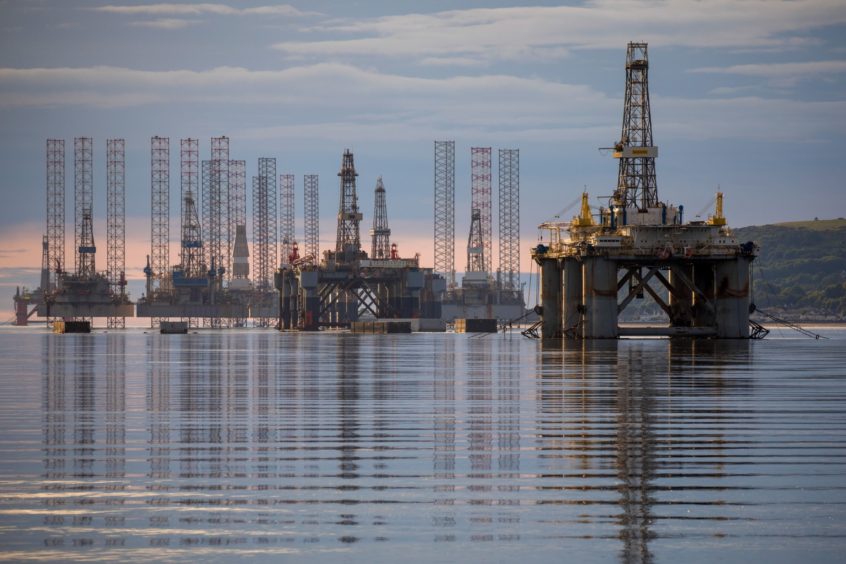
Drilling rigs have taken a $30billion (£22.5bn) hit to their values over the last 12 months, according to Bassoe Offshore.
The analysis firm said the impact of the oil downturn and Covid-19 has seen the value of the global fleet drop from $73.3bn in December 2019 to $42.8bn this month.
Covid-19 has seen project delays, leading to a large number of rigs becoming cold stacked, and operators going into bankruptcy.
Bassoe said offshore rigs being shut down in this way is among the most significant factors.
For example, a 2011-built drillship might be worth $130m-$140m while in operation, but its value drops to just $30m – $40m if cold-stacked due to the heavy cost of bringing them back online.
Returning a rig to service from cold-stacking can run to more than $100m, the firm said.
On a similar note, there have even been cases of 10-year-old drillships selling as low as $5million for recycling, despite costing more than $600million to build.
Bassoe said: “When rig values fall too low it can often be more attractive for an owner to sell the unit for scrap (rather than drilling purposes) and thereby prevent it from later re-entering the market as competition.”
Another factor is a lack of buying power – brokers normally base prices on the value of recent sales, however there have been very few in 2020.
Those deals that have gone through have been from “mostly unwilling or distressed sellers, and the only eager buyers tend to be opportunists looking to scavenge rig assets at exceptionally low levels”.
Most rig owners are in the midst of restructuring, exacerbating the problem, while banks and investors who would typically fund such deals are “moving away from the oil and gas industry”.
However, recent events such as the oil price hitting $50 a barrel may have helped prevent a further drop, Bassoe said, as well as an increased focus on scrapping rigs to improve supply and demand.
In the past, “appreciation would have been expected at this stage”, but more momentum is needed with rig retirements to rebalance the market.
Bassoe highlighted that a focus on the energy transition will be key, and “those more modern, well-maintained, hot-stacked or active drilling rigs will be better equipped to hold or increase their values going forward”.
Some good news may also be on the horizon for rig owners. Under-investment in oil, and production falling faster than alternative energy can gather pace, is expected to lead to a “substantial discrepancy” by 2022, according to the firm.
Bassoe said this “will result in a substantial discrepancy bringing with it improved utilisation and day rates, but which will ultimately culminate when alternative energy solutions gather momentum”.
Recommended for you


 © Bassoe Offshore
© Bassoe Offshore